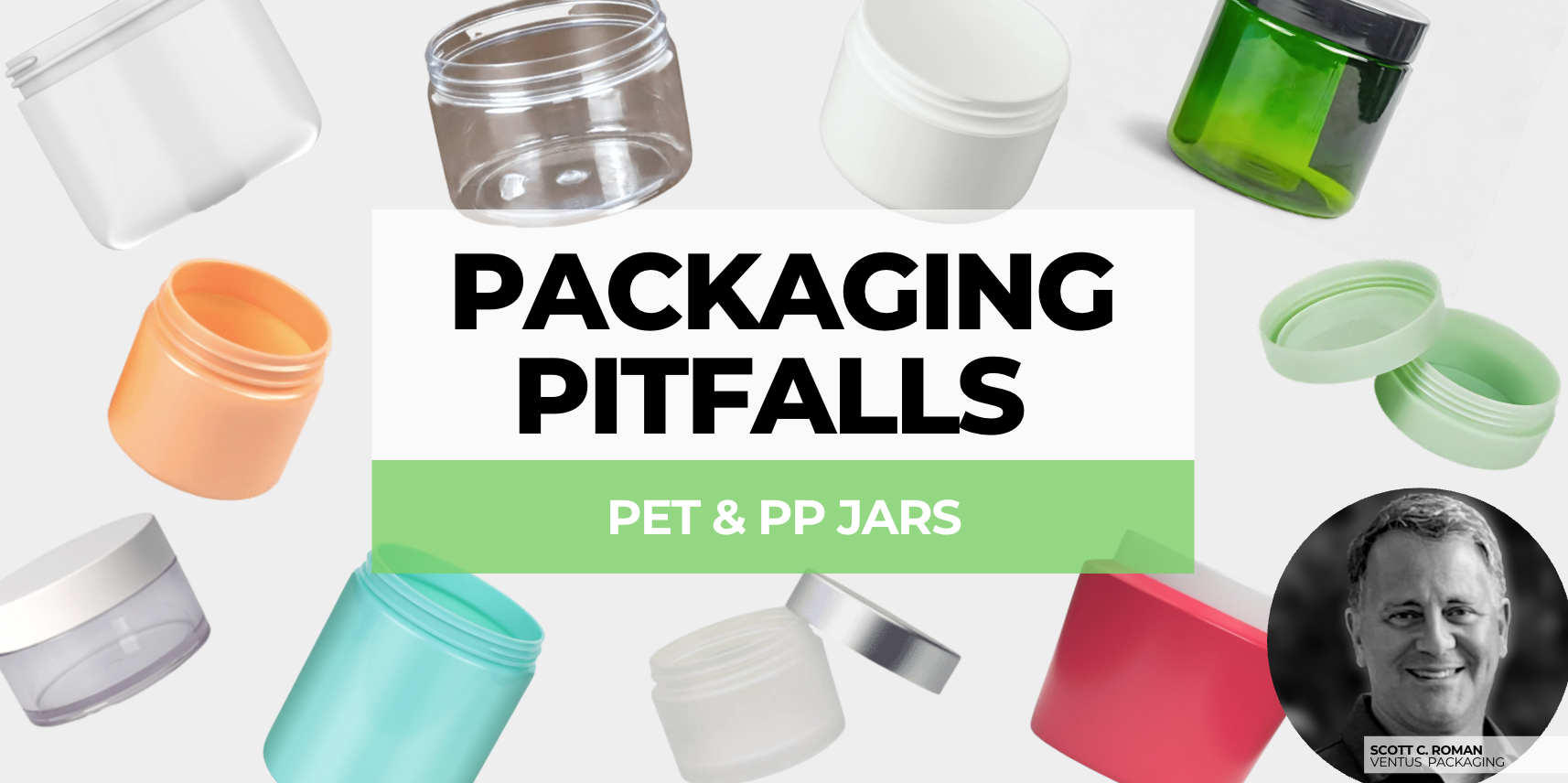
Packaging Pitfalls: Top 3 Watchouts for Droppers with Scott Roman
Packaging is often the first interaction consumers have with your product, making it a crucial part of both functionality and brand perception. While a well-designed dropper ensures precise dispensing and dosing, poor execution can lead to dosing inconsistencies, product waste, and dissatisfied customers. Below I’m sharing the top three watchouts when it comes to this type of dispenser, and how to mitigate them.
Starting a new project? Schedule a meeting with a Packaging Pro to avoid common packaging pitfalls for your component types.
1. The Pipette is Too Long or Too Short for the Bottle
Getting the pipette length right is crucial for both functionality and durability. If the pipette is too long, it may make direct contact with the bottom of the container, potentially causing damage or breakage. if the pipette is too short, it won’t reach the bottom of the bottle, making it difficult for consumers to extract all of the product which can cause frustration at home.
Implications
- Pipette Too Long: The key risk is that the glass pipette will crack or break inside the container.
- Pipette Too Short: Consumers may struggle to access the last remaining product, leading to unnecessary waste and less value for the consumer. This is particularly problematic for expensive skincare, serums, or essential oils, where every drop matters.
- Increased manufacturing waste due to incorrect specifications.
How to Avoid
Begin by measuring the depth of the bottle from the top of the neck finish (H-dimension) using the component’s technical drawing. Compare this measurement to the pipette length from the H-dimension of the dropper collar. Factor in all part tolerances, including gasket/dropper flange compression and wiper flange thickness, to ensure a proper fit. The goal is to balance the pipette length—long enough to extract the majority of the product but not so long that it risks contact with the bottom of the bottle.
2. Improper Dispensing
A dropper’s primary function is to deliver the correct amount of product with high precision. If the bulb or dispensing mechanism isn’t functioning correctly, users may struggle with inconsistent or inaccurate dosing. This can stem from material incompatibility, improper bulb elasticity, or issues with the dropper’s internal components.
Implications
- Inconsistent dosing, leading to product waste or improper application.
- Bulb stiffening or swelling, preventing effective product retrieval.
- Poor consumer experience due to difficulty in dispensing.
How to Avoid
Test droppers for compatibility with your product’s formula and viscosity. Some formulas may cause the rubber bulb or gaskets to swell, stiffen, or degrade over time, leading to performance issues. Conduct long-term stability tests to confirm the materials remain functional with the bulk formulation. Additionally, ensure that the dropper dispenses the amount of formula a consumer would expect per squeeze, particularly for products requiring precise dosing.
3. Decoration Adhesion or Compatibility Failure
The appearance of a dropper plays a crucial role in a product's branding, but decoration failures can quickly side track success. Whether it’s a logo wearing off or a finish degrading over time, improper adhesion or chemical interactions can lead to unwanted design flaws.
Implications
- Poor adhesion can cause decorations to peel or fade, affecting branding.
- Chemical incompatibility may lead to ink, coatings, or labels deteriorating after product contact.
How to Avoid
All decorated components—including printed bulbs, coated pipettes, and metallized collars—must be tested for both proper adhesion and compatibility with the bulk formulation. Conduct interaction tests to ensure exposure to the product does not degrade or alter the decoration. If failures occur, consider adjusting curing properties, dwell times, or ink compositions, or applying a UV-cured topcoat to protect the design.
By addressing these three key risks—pipette sizing, dispensing performance, and decoration compatibility—you can ensure your droppers function reliably and enhance the consumer experience.
About the Author

Scott is an award-winning package development professional with 30+ years of multi-industry experience. A seasoned packaging expert with extensive experience in beauty and cosmetics, Scott led packaging innovation for the makeup category at Estée Lauder, driving projects from concept to launch in lip, foundation, primer, and makeup / skincare hybrid packaging. Before that, he directed package development for Tom Ford Beauty, overseeing luxury packaging in fragrance, makeup, and skincare. With expertise spanning all cosmetic packaging materials and processes, Scott has a strong background in project management, packaging development, and on-site production across global facilities.
Scott Roman | Ventus Packaging Solutions LLC |Sroman@ventuspack.com
Looking for dropper packaging? Browse the Impacked marketplace today to find a component for your next project:




